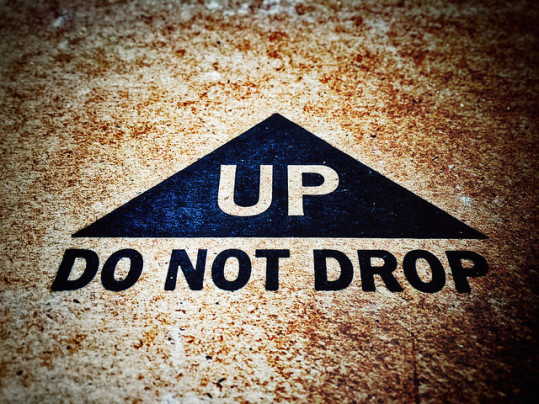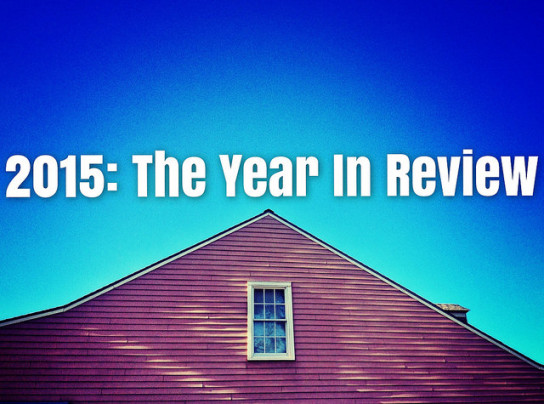The National Association of Home Builders’ Housing Market Index is a measure of how confident builders are in the market for newly built single-family homes. Conducted for the past 30 years, the survey is an important indicator for residential real estate due to the fact that more new homes being built is good – not only for the broader economy – but also for the entire housing market, as it helps moderate home-price increases in markets where for-sale inventory is low. According to the most recent results, builder confidence held steady in January from the month before, registering a reading of 60. The index is scored so that any number above 50 indicates more builders view conditions as good than poor. David Crowe, NAHB’s chief economist, said the results are in line with the group’s forecast for the year. “January’s HMI reading is right in line with our forecast of modest growth for housing,” Crowe said. “The economic outlook remains promising, as consumers regain confidence and home values increase, which will help the housing market move forward.” Also in the release, the gauge measuring current sales conditions led all index components, rising two points to 67. More here.
Archive for January 2016
Housing Gains Balanced On Wages, Prices
Last year, the housing market posted its best numbers since 2007. Still-favorable affordability conditions, led by low mortgage rates, resulted in a strong year for home sales. But with the Fed’s decision to raise interest rates and the continuing climb of home prices, there is increasing concern that housing affordability may become an issue for prospective home buyers in 2016. So how are things likely to play out? According to Fannie Mae’s most recent Economic & Housing Outlook, the Fed’s rate hike hasn’t had much of an impact yet, so wage growth and home prices are the most important factors to watch. “Despite our expectation of only a small rise in mortgage rates, home price and income dynamics should inhibit home purchase affordability,” Duncan said. “In addition, continued rent increases will hinder renters’ ability to save for down payments. Therefore, we believe the pace of improvement in total home sales should moderate to 4 percent in 2016.” Still, Duncan expects an increasing number of single-family housing starts this year, which may provide some relief in markets where low inventory is pushing prices upward. Also, continued gains in job security and household income – along with eased lending standards – could help balance the effects of higher home prices and allow more Americans to pursue their dreams of homeownership. More here.
What’s Behind The Spike In All-Cash Sales?
After 29 consecutive months of annual declines, all-cash home sales spiked in November, according to new data from RealtyTrac. The share of cash sales jumped to 38.1 percent, from 29.8 percent in October. The increase put cash sales at their highest level since March 2013 and 23 percent above the same time last year. Daren Blomquist, RealtyTrac’s vice president, said the spike may be due to a combination of newly enacted mortgage rules and global economic turmoil. “The jump in cash sales is likely a knee-jerk reaction to the new documentation and disclosure rules for mortgages that took effect in October, making it even more difficult for buyers using financing to compete with cash buyers in the already competitive housing market,” Blomquist said. “Global economic instability may also be driving more foreign cash buyers back to the relative safety of U.S. real estate.” Though all-cash sales do tend to increase during the winter months, November’s sales surge was higher than normal. Among the major metropolitan areas with the highest share of cash sales, Miami lead the list at 59.7 percent. New Orleans, Oklahoma City, Tampa, and Orlando rounded out the top five. More here.
Home Loan Demand Rebounds As Rates Drop
Home loan demand has been volatile the past couple of months due to new mortgage regulations, the holidays, and the Fed’s interest rate announcement. But, according to the Mortgage Bankers Association’s Weekly Applications Survey, prospective borrowers returned last week following a holiday lull. In fact, mortgage application volume was up 21.3 percent from the previous week. Lynn Fisher, MBA’s vice president of research and economics, said the number of applications for loans to buy homes reached its second highest level since May 2010. “The good news for the new year is that following the holidays, application activity last week resumed at levels just exceeding those observed during early December, suggesting that the purchase market has picked up right where it left off,” Fisher told CNBC. Refinance activity also bounced back, climbing 24 percent from the week before. However, while purchase demand is now 19 percent higher than it was at the same time last year, refinance demand is 38 percent lower than last year. Also in the report, average mortgage rates fell across all loan categories including 30-year fixed-rate loans with both conforming and jumbo balances, loans backed by the Federal Housing Administration, and 15-year fixed-rate loans. The MBA’s weekly survey has been conducted since 1990 and covers 75 percent of all retail residential mortgage applications. More here.
Gov’t Housing Report Finds Rising Equity
The U.S. Department of Housing and Urban Development releases a monthly scorecard that tracks the health of the housing market and the administration’s foreclosure prevention efforts. The most recent release highlights many encouraging signs, including the millions of mortgage modification and assistance arrangements completed as a result of foreclosure mitigation programs put in place to help the housing recovery. But the report emphasizes the ongoing improvement in homeowners’ equity in particular. Equity – which refers to the amount a property is worth minus the amount still owed on the mortgage – is typically gained through improvements a homeowner makes to the property or through home price increases. When equity is rising, homeowners benefit. According to the scorecard, homeowners’ equity rose another 3 percent in the third quarter of 2015, reaching its highest level since the end of 2006. Over the past seven years, equity has risen 98.6 percent and, as a result, the number of underwater homeowners has continued to decline. In fact, the percentage of homeowners who owed more on their mortgage than their home was worth has fallen 66 percent just since the beginning of 2012. More here.
A Look Back At The 2015 Housing Market
All the numbers have yet to be reported but, according to Realtor.com’s chief economist Jonathan Smoke, 2015 was a year of growth and improvement for the housing market. New and existing home sales both rose, with gains seen among first-time and repeat buyers, as well as buyers who were relocating and/or changing jobs. Home prices also increased, helping homeowners see significant gains in equity. However, despite the fact that prices rose and demand was strong – which would normally lead to a boom in housing construction – most of the gains in residential construction were found among apartment buildings rather than single-family homes. With a lower-than-normal number of homes for sale putting upward pressure on prices, affordability was increasingly a concern for home buyers. Buyers, however, were helped by continued improvement in the job market and mortgage rates still hovering near historic lows, which boosted consumer confidence even as prices neared pre-crash levels in some markets. All in all, Smoke says the housing market is definitely stronger than it was a year ago but offers a few suggestions for further growth. “We need new construction to keep up with the household formations driven by demographics and healthy job creation,” Smoke writes in an article posted to realtor.com. “We need more affordable housing to decrease the impact of burdensome rents. And we need expanded, risk-appropriate access to credit to help households that can afford to buy.” More here.
Is Housing A Better Investment Than Stocks?
Recent volatility in the stock market raises the age old question of whether the housing market is a better investment than the stock market. While there are plenty of opinions on the matter – and the housing crash and financial crisis highlighted the dangers of putting too much faith in either as an all-in-one investment strategy – recent progress, combined with historic affordability conditions, have made the housing market an attractive buy over the past few years. Tim Rood, chairman of The Collingwood Group, is among those that think investing in housing is the way to go. He recently told Housing Wire that the stock market drop is proof buying real estate is a far better strategy. “While not every American dreams of owning stock, the majority of them have a bias for living indoors,” Rood said. “That bias coupled with the record affordability rate for homeownership are net positives for housing. Homeownership is the last legitimate wealth creation opportunity for most Americans.” And, though affordability has declined, that opportunity is still available. In fact, mortgage rates are still historically low and – though home prices have recovered much of their value – they still rose 5 percent in 2015 and are expected to continue at a similar pace in 2016. That means, this year’s home buyers may be able to find their dream house and a good investment all at once. More here.







